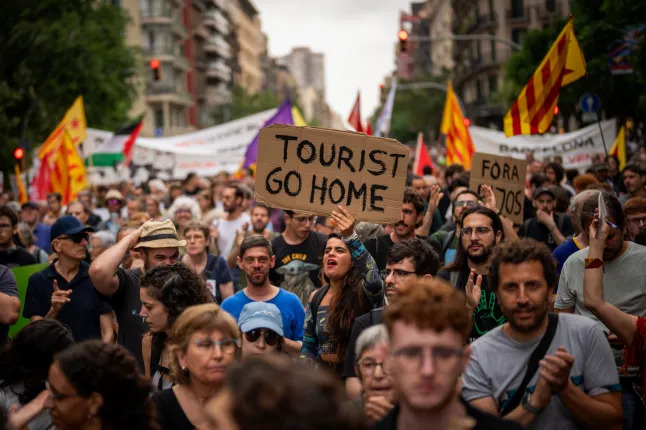Spain, a worldwide popular tourist destination, is now in the headlines because of a “tourist ban.” The ban has a major impact not just on travelers, but also on Spain’s economy and local communities.
Tourism contributes a large portion of Spain’s GDP, and each year millions of tourists visit beaches, historic cities, and cultural festivals. But recent events, such as the COVID-19 pandemic and environmental concerns, have forced Spain to make tough decisions.
In this article, we’ll explore why the ban was imposed, what impact it is having on travelers and Spain’s economy, and what to expect going forward.
Table of Contents

Background
Spain is a top tourist destination visited for its historical sites, beaches, and cultural festivals. But after the COVID-19 pandemic, Spain began imposing restrictions on its borders. These restrictions were imposed to address public health, environmental preservation, and overcrowding issues.
Reasons Behind the Ban
- Health Concerns: To prevent the spread of diseases like COVID-19.
- Overtourism: Popular areas like Barcelona and Ibiza were becoming overcrowded.
- Environment: To preserve natural resources and heritage sites.
- Security: Sometimes there are political or security reasons as well.
Impact of the Ban
- Effect on tourists: People were forced to cancel their travel plans.
- Effect on economy: Revenue of hotels, restaurants, and local businesses fell.
- Effect on environment: Pollution and overcrowding reduced significantly, which is a positive thing.
- Image of Spain: Some people support Spain’s decisions, and some criticize it.
Exceptions to the Ban
Despite the tourist ban, some people can travel to Spain:
- Essential travel (work or family reasons).
- Residents and long-term visa holders.
- Strict protocols have to be followed, such as vaccination proof and testing.